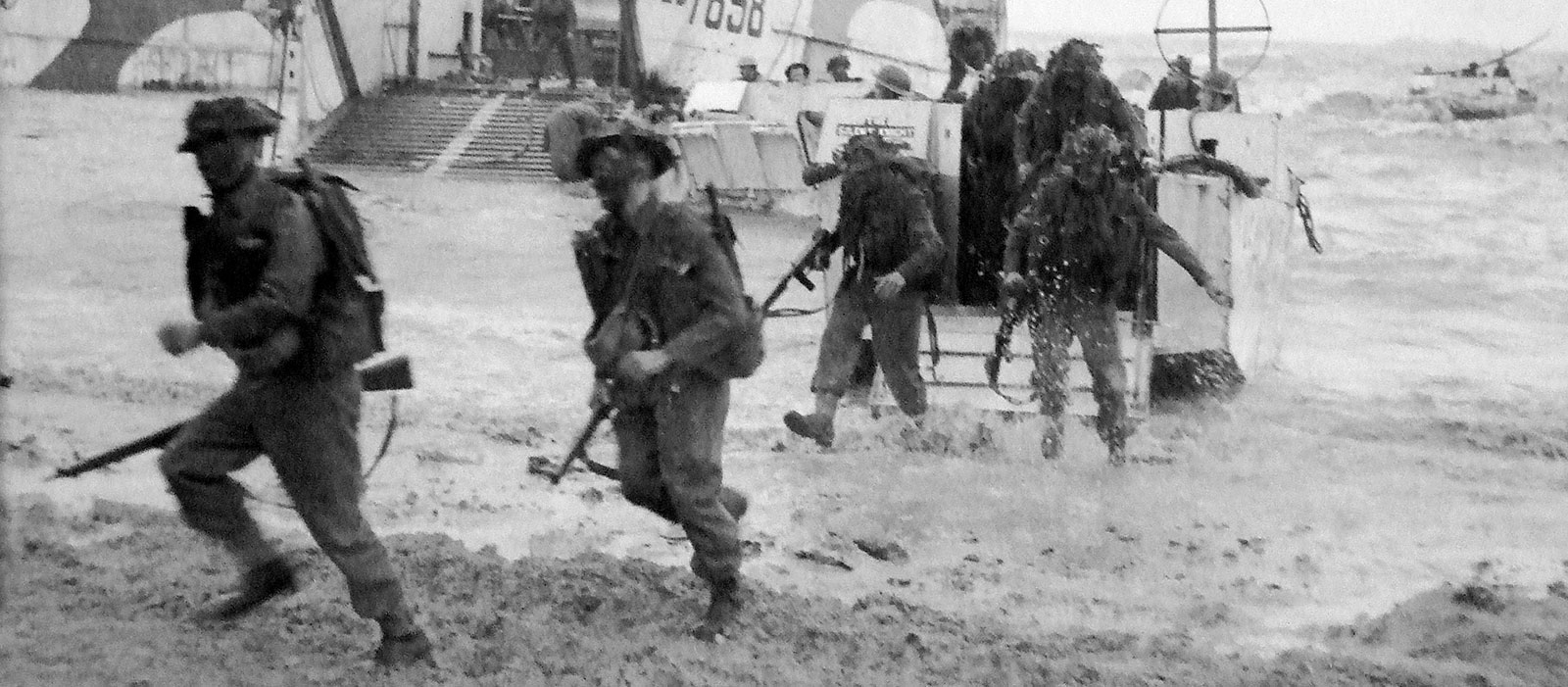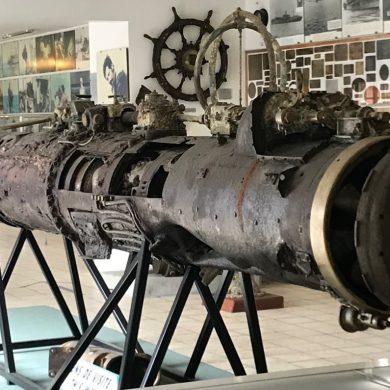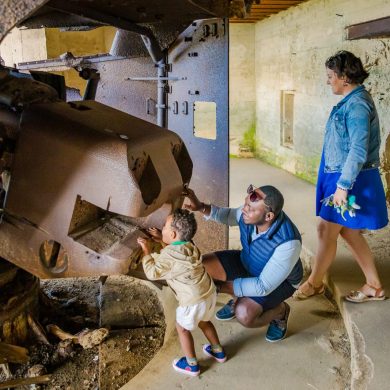Updated on 22 November 2023
Reading time: 2 minutes
The British 50th Northumbrian Division, commanded by Major-General Graham, landed on Gold Beach on D-Day. By the evening, they were on the outskirts of Bayeux, and liberated the town the next day.
D-Day 80th: The “International event” and commemoration of D-Day will take place on June 6th at Omaha Beach in Saint-Laurent-sur-Mer.
The 50th Northumbrian Division landed on Gold Beach and liaised with the Canadians on their left by the evening of D-Day, by which time they were also on the outskirts of Bayeux, liberating the town the next day. Arromanches-les-Bains itself was liberated from inland in order to preserve it for the Royal Engineers, who began the first clearances in anticipation of the arrival in towed pieces of a huge ‘artificial’ or prefabricated port known as a ‘Mulberry.’ Casualties had been minimal in a process involving over 25,000 men!

THE MULBERRIES: ARROMANCHES-les-Bains AND VIERVILLE-sur-Mer
The idea behind the Mulberries was to create two tide-free sheltered harbours for the delivery of war material. This would obviate the need to capture a pre-existing harbour – like Dieppe – from the sea. All the elements would be prefabricated in the UK and towed across the English Channel after D-Day. Come 31 October, by which time Cherbourg and Le Havre had been rebuilt for use by shipping – over 600,000 tons of stores, a third of the British total, 220,000 troops, a quarter of all British personnel, and 40,000 vehicles, nearly a fifth of the total, had been unloaded at Arromanches. For the United States, it was a different story…





